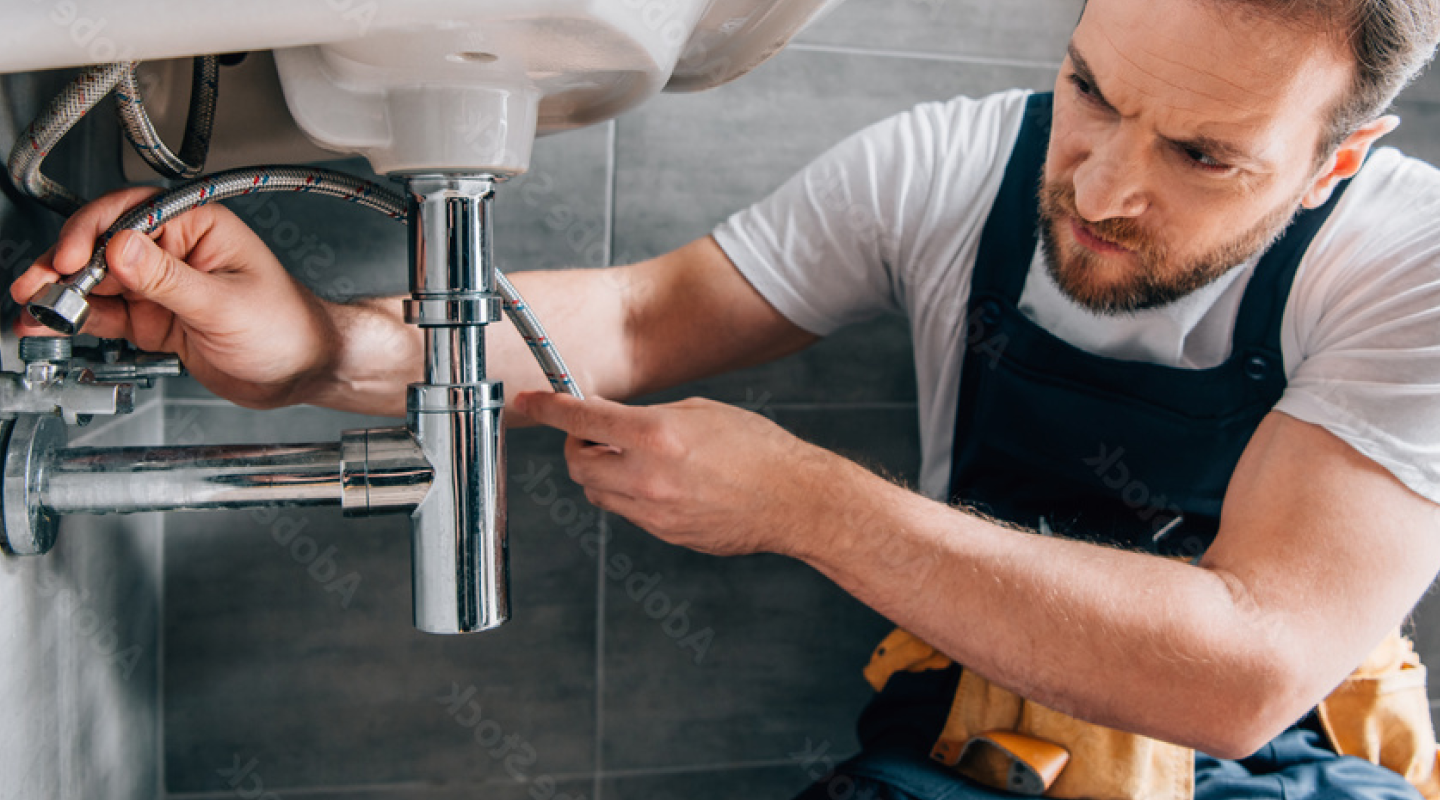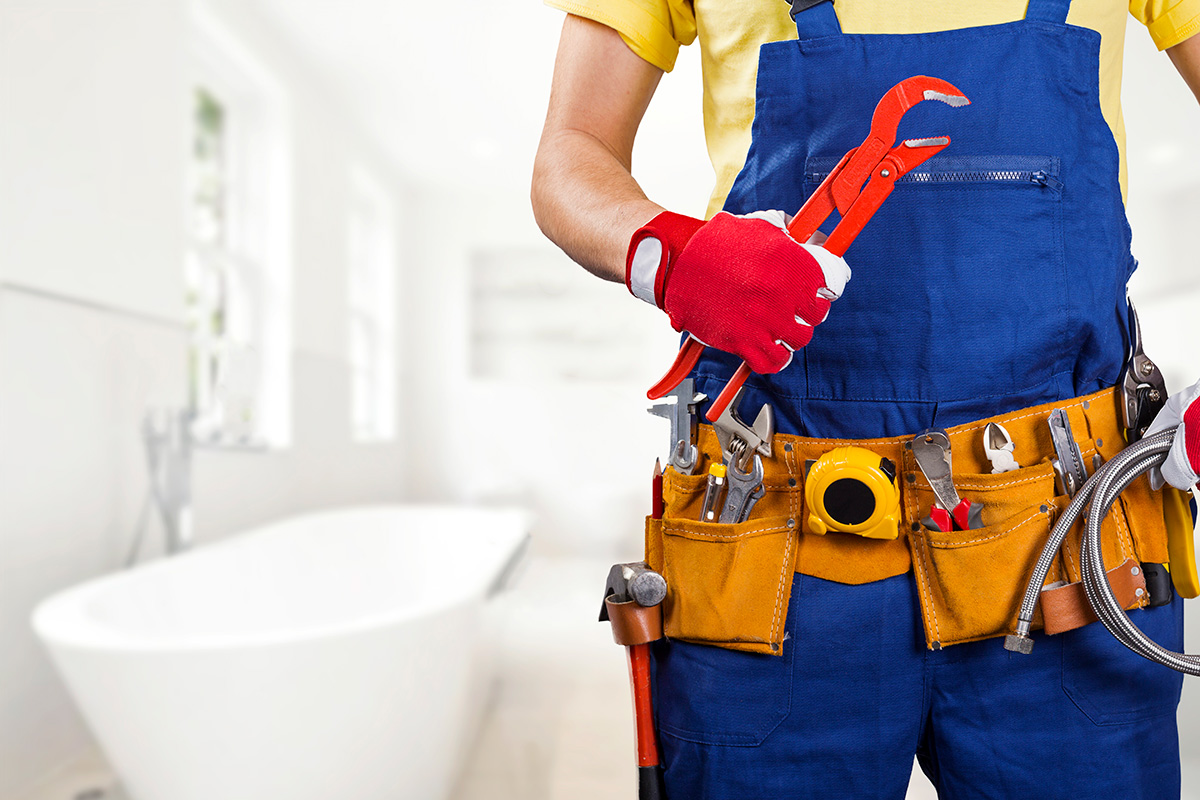Reputable Plumber Alabaster AL for All Your Emergency situation Needs
Reputable Plumber Alabaster AL for All Your Emergency situation Needs
Blog Article
A Step-by-Step Guide to Efficient Hot Water Heater Installation for Optimal Efficiency
Getting started on the task of setting up a water heater is a venture that requires precision and an organized method for attaining optimum efficiency. As you continue, the intricacies of linking water supply lines and establishing up trusted electrical or gas connections wait for, appealing insights into guaranteeing performance and dependability.
Selecting the Right Water Heating System

Following, consider the dimension and ability of the hot water heater. It's crucial to examine your home's warm water requirements, which can vary based upon the variety of occupants and their use patterns. An unit that's as well small might lead to not enough hot water, while a large version might lead to unneeded power intake.
Performance scores likewise play an essential duty in selection. Try to find hot water heater with high Energy Variable (EF) scores, suggesting superior efficiency and lowered power use. Tankless designs, though commonly much more expensive in advance, offer substantial energy savings over time due to their on-demand heating capabilities.
Preparing the Installation Area
Before mounting a new water heater, precise prep work of the setup location is essential. It's essential to determine the space thoroughly to accommodate the water heater's measurements, making certain ample clearance around the unit for reliable operation and servicing.
Next, get rid of any kind of particles, dirt, or blockages from the website to create a clean environment. Inspect the floor for security, as the hot water heater will need a solid, degree surface to operate successfully. If needed, mount a drip frying pan beneath the device to capture prospective leaks or spills, stopping water damage to the surrounding location. In regions vulnerable to seismic activity, think about mounting seismic straps to protect the heating unit firmly in position.
In addition, ensure that all needed devices and products get on hand before beginning the installation. This consists of products such as wrenches, screwdrivers, a level, and any extra hardware needed for installing and securing the heating unit. A well-prepared installment location sets the foundation for an effective water heating system arrangement, maximizing efficiency and safety and security.
Connecting Water System Lines
When attaching water lines to your freshly mounted water heater, it is important to ensure that all links are safe and leak-free to preserve efficient procedure and avoid water damages. Begin by recognizing the warm and cold supply of water lines. The chilly water inlet is typically noted with a blue label or a "C", while the warm water electrical outlet is marked with a red tag or an "H".
Use flexible water heating unit ports to help with a less complicated setup procedure. Prior to affixing the ports, put a plumbing professional's tape around the threaded ends of the water heating system's inlet and outlet pipelines.
When connections remain in location, slowly transform on the main supply of water shutoff. Examine each connection for leaks by visually examining and feeling for dampness. Tighten up links as required, and guarantee the pressure alleviation valve is properly mounted, securing against too much pressure accumulation.
Setting Up Electrical or Gas Links
Correctly setting up the electrical or gas connections for your water heating system is an essential step to make certain effective and secure procedure. For electrical water heaters, start by verifying that the electric circuit is suitable with the heating unit's voltage and amperage requirements.
For gas water heaters, security is critical. Attach the gas line to the water heating system utilizing a flexible gas connector, ensuring it is effectively threaded and sealed with pipeline joint substance or Teflon tape ideal for gas connections.
When links are made, examine for any more helpful hints type of possible leaks. For gas lines, use a soapy water remedy to the joints; bubbles suggest a leak. For electric connections, ascertain that all wiring is protected and correctly protected, preserving compliance with local electric codes.
Checking and Readjusting for Effectiveness
With the electrical and gas connections securely in place, the next action is evaluating the operational effectiveness of your water heating system. Begin by very carefully turning on the water supply and guaranteeing there are no leaks at any of the shutoffs or joints.
Following, execute a complete examination to ensure the heating aspects or gas heaters are operating appropriately. For electrical heaters, utilize a multimeter to verify if the aspects are drawing the proper current. In gas models, observe the heater fire; it needs to be consistent and blue, suggesting effective combustion.
Change the settings as needed to get rid of inadequacies. Take into consideration applying insulation steps, such as including a water heating system helpful resources blanket, to additionally boost efficiency by minimizing warm loss. Additionally, inspect the anode rod's problem, as a worn-out rod can lower performance and result in storage tank deterioration.
Final Thought
Effective water heating unit installment is vital for ensuring optimum performance and power savings. Safely attaching water supply lines and very carefully establishing up electric or gas links reduce prospective problems.

Effectively setting up the electrical or gas connections for your water heating system is a critical step to ensure risk-free and efficient procedure. For electric water heating units, start by confirming that the electrical circuit is suitable with the heating system's voltage and amperage demands. Link the gas line to the water heating system using a versatile gas adapter, guaranteeing it is effectively threaded and secured get redirected here with pipeline joint compound or Teflon tape appropriate for gas links.
Report this page